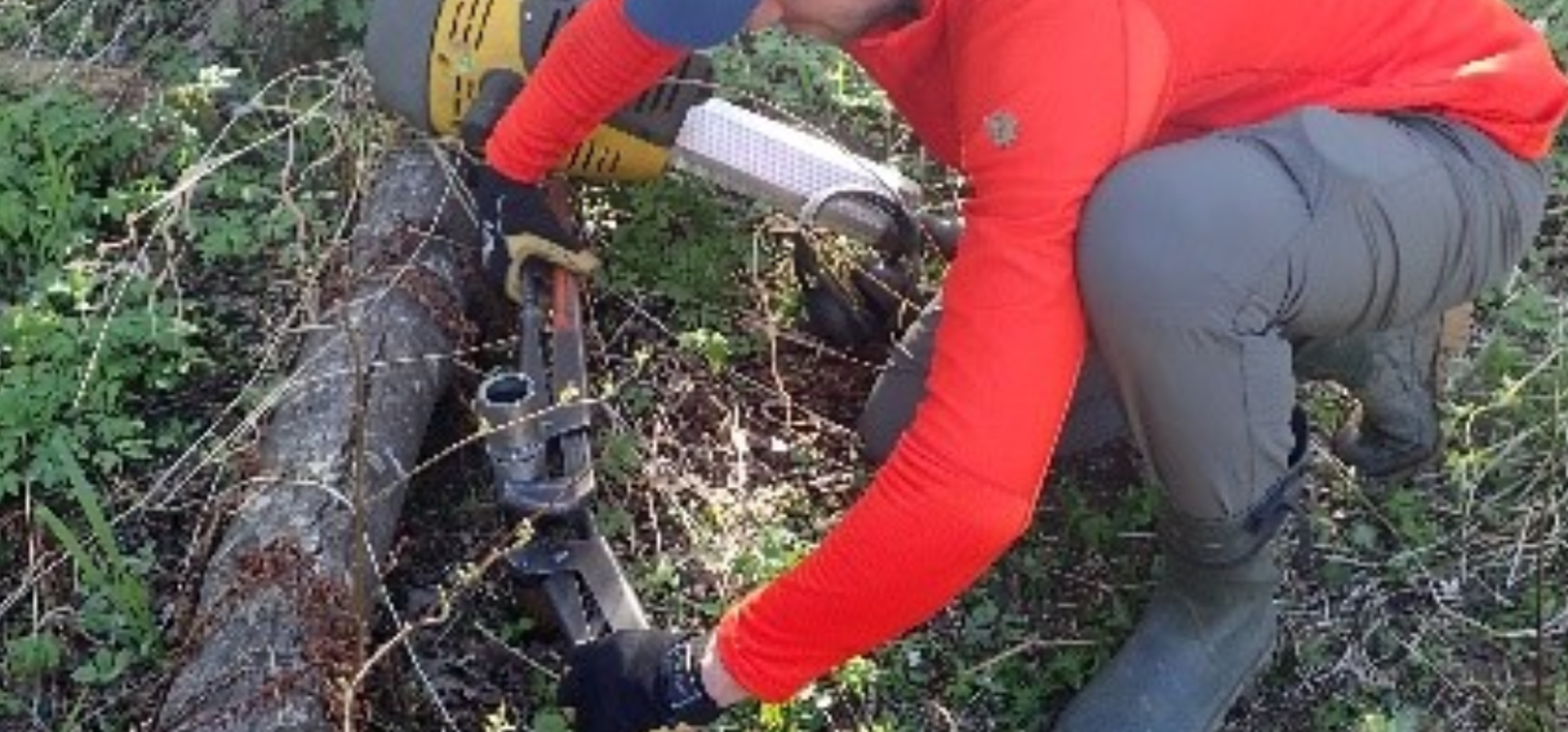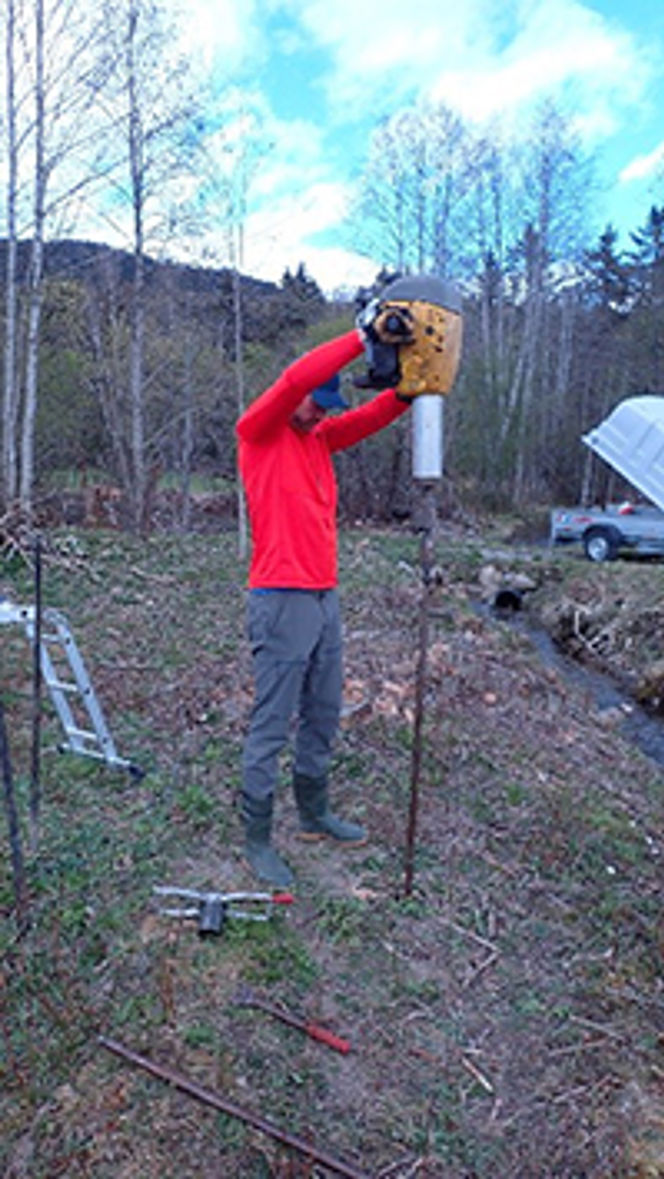Master thesis started at the Jorekstad site, Norway

The NBS measure to be implemented at the Jorekstad site in Gudbrandsdalen, Norway will be the field site for a student from the Norwegian University of Life Sciences (NMBU) as he starts his master thesis project with joint supervision from NMBU and NGI.
The master thesis will focus on effects of the receded barrier with regard to flooding and the erosional power of the river Gausa, a tributary river to the main river Gudbrandsdalslågen. Using the HEC-RAS software, the student, Stian Bruvoll, will model the effect of varied shapes of the barrier, in addition to the effect of the riparian vegetation in the area. Furthermore, Stian will also attempt to model possible ground water movement under and through the barrier during a flooding period, given the detailed design parameters for the barrier.
At present, two days of field work have been carried out, comprising of sampling of sediments for grain size distribution analysis along short transverse profiles on both sides of the river Gausa, and the installation of ground water monitoring equipment in wells at two locations, at 1m and 4m depth.
It was important to do the field work before the spring flood, which is expected to be high this year because of unusually large amounts of snow in the surrounding mountains. The melting season has started but is not expected to peak until late May or early June. Additional data for the thesis will be compiled from publicly available sources, and from data bases of the county and Lillehammer municipality.

Stian installing pipes for the groundwater monitoring. The ground water level is presently high, as seen from the drainage ditch next to Stian.